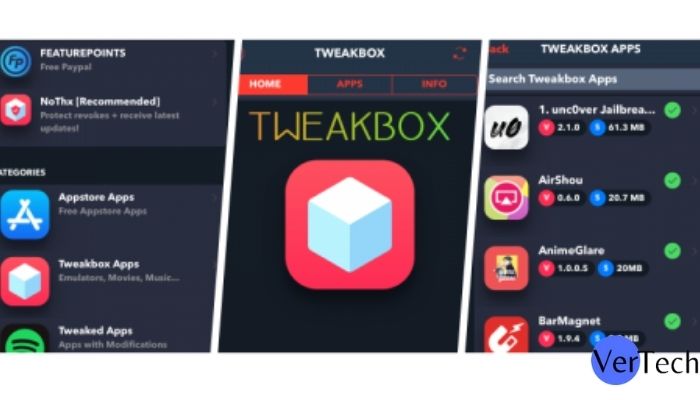Tech
Cloud Security with the Help of CNAPP

“An integrated collection of compliance and safety features designed to assist, safeguard, and defend cloud-native apps throughout development and production” is what the Cloud Native Application Protection Platform (CNAPP) is. Gartner came up with the term after seeing the growing importance of cloud application security. Generally speaking, CNAPP solutions attempt to address workloads and configuration safety through application development and runtime protection.
The industry transition from simple workload virtualization, which has been going on for two decades, to automated security for both the workloads and environments in which they work has culminated in CNAPP. CNAPP aims to coordinate disparate solutions or architectures to enforce application behaviors that adhere to the developer’s intended behavior.
Web services and containerization form the basis of cloud-native applications. The CNAPP can safeguard the application throughout its lifespan thanks to its design. By enforcing secure programming standards (such as prohibiting hard-coded secrets) and integrating them with authorized container configurations during application execution, CNAPPs ensure the developer’s purpose.
Why CNAPPs Exist
The name “CNAPP” has two crucial components illuminating its purpose. First, there is “cloud-native.” Various new security requirements have been created due to the move to the cloud. The emergence of transient and dynamic ecosystems in the cloud has enhanced complexity and produced unexpected interactions. Conventional agent-based security strategies cannot keep up with cloud services, containers, and ephemeral systems by providing the necessary coverage.
Organizations must think broadly about security when it relates to cloud applications. There are various methods to put apps at hazard in the cloud, including unintended exposure to the open network and too lenient access controls.
Extensive lists of security-related problems that offer minimal danger are increasing. Organizations should concentrate on determining and reducing the highest priority threats to which their cloud applications are vulnerable. It can be challenging to prioritize multiple low-priority warnings. When you are using different point solutions since they frequently have a restricted emphasis on a small number of security concerns. They do not work well together when correlating their indicators.
Cloud Security
Building and deploying apps and systems within the cloud while utilizing a public, personal, or hybrid cloud environment is known as cloud-native development. Because cloud-native apps and services allow for quicker scaling with fewer resources, many businesses choose to employ them. In a nutshell, cloud-native apps develop and run entirely online. On the other hand, cloud-based is comparable, but it’s not the same. Cloud-based apps are set up to take advantage of cloud services’ scalability and flexibility.
Few Fundamental Elements of Cloud-Native Security
The much more effective cloud-native security programs adopt a risk-based strategy. One that considers elements such as facilities as code, strategy as code, democratic accountability as code, glide as code, security as code, and restoration as code. It is true even though each organization may adopt its strategy for cloud-native safety.
Security Of Applications From the Time Of Build
To handle the diverse and evolving nature of cloud environments, it is necessary to move away from traditional vulnerability management strategies and toward a risk-based approach like CNAPP, which uses security best practices.
Also Read: Best Practices For FBA Shipping Rapid Express Freight
-

 Latest News3 years ago
Latest News3 years agoSoap2day Similar Sites And Alternatives To Watch Free Movies
-

 Software3 years ago
Software3 years agoA Guide For Better Cybersecurity & Data Protection For Your Devices
-

 Android2 years ago
Android2 years agoWhat Is content://com.android.browser.home/ All About? Set Up content com android browser home
-

 Blog2 years ago
Blog2 years agoMyCSULB: Login to CSULB Student and Employee Portal
-

 Android App3 years ago
Android App3 years agoCqatest App What is It
-

 Android App3 years ago
Android App3 years agoWhat is OMACP And How To Remove It? Easy Guide OMACP 2022
-

 Business3 years ago
Business3 years agoKnow Your Business (KYB) Process – Critical Component For Partnerships
-

 iOS2 years ago
iOS2 years agoTweakBox App – Best App for iPhone [Jan, 2023] | (iOS 15, Download, 2023)





